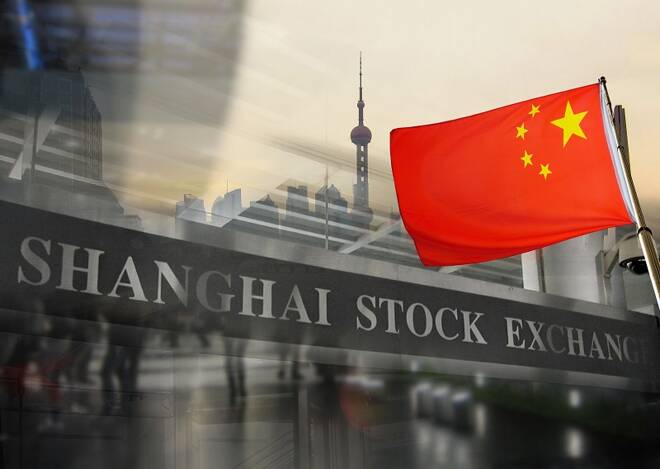Advertisement
Advertisement
Chinese Stocks Spiked, but Gold and Euro Decline Reflect Market Alertness
Updated: Mar 29, 2019, 12:16 UTC
EUR/USD The euro for a week remains under pressure on global markets, due to weak economic indicators. As a result, the pair declined from the EURUSD high
EUR/USD
The euro for a week remains under pressure on global markets, due to weak economic indicators. As a result, the pair declined from the EURUSD high near 1.1450 to 1.1220 – the lows area since June 2017. An attempt to break the downtrend failed with the help of Draghi. ECB President Mario Draghi warned of a possible extension of the extremely low rates period.
Additionally, the EUR decline on Thursday was aggravated by weak inflation data from Germany. The annual price growth rate of the region’s largest economy slowed down to 1.3%, the minimum in 16 months. More importantly, the tendency to weaken price pressure is clearly an unpleasant surprise, disarming monetary policy hawks.
Weak data is a significant factor against the euro, opening the way for the decline. As for technical analysis, EURUSD can easily decline down to 1.06, where the pair received support in late 2016 and early 2017.
China A50
Chinese markets jumped up after the words of US Treasury Secretary Stephen Mnuchin about a “productive working dinner”, noting progress in trade negotiations. China A50 blue-chip index of China stocks soared more than 4% on Friday, breaking the 13,000 level. This is the highest market close since March 2018. At the beginning of the month, the index had already tried to climb higher, but quotes could not hold on to these levels, opening the way for a prolonged correction.
Despite the fact that the negotiations are clearly tough and not as fast as previously planned, one by one, the positive comments from the officials support optimism in the Chinese markets.
The second attempt of the index to develop growth has a higher chance of success, as the market has consolidated strength in previous weeks.
Gold
The reverse side to the growth in demand for risks in China was the pressure on gold. From the beginning of the week, precious metal prices lost 2.6% turned out to be near March lows at $1,290. It is noteworthy that during the last two months, the periods of the steady growth of gold are replaced by sharp sales impulses, which causes wariness. The slowdown in global inflation is becoming a factor against the purchase of this precious metal as opposed to fixed-income bonds.
Seasonality also plays against gold at the moment. From March to August, this precious metal rarely experiences rally, amid a decline in demand for physical metal. Only by the fourth quarter, purchases by jewelers intensify against the background of preparations for holidays in India and China, which are the main consumers of jewelry gold.
This article was written by FxPro
About the Author
Alexander Kuptsikevichcontributor
Alexander is engaged in the analysis of the currency market, the world economy, gold and oil for more than 10 years. He gives commentaries to leading socio-political and economic magazines, gives interviews for radio and television, and publishes his own researches.
Did you find this article useful?
Latest news and analysis
Advertisement
